
Every character’s story must have an end, even a seemingly immortal, totemic hero like James Bond who is, after, still just a human being. In a way Daniel Craig has found the most humanity in the character of any actor so far, and Cary Joji Fukunanga’s No Time To Die is a spectacular sendoff for both his 007 and this spellbinding, pentamerous group of entries in the legacy. The film opens as Bond and the enigmatic Madeline Swann (Léa Seydoux) are hiding out somewhere in Italy, where he broods over the grave of his fallen love, Vesper Lynd (Eva Green), and ponders an uncertain future. That future is made frighteningly immediate for him when he’s attacked, Madeline proves to be just south of trustworthy and he’s propelled into another clandestine netherworld of globetrotting espionage, betrayal and warfare as a new threat looms over MI6 and the entire world. What didn’t work for me in Spectre was how Christoph Waltz’s hammy Blofeld (seen only very briefly here) was sort of the puppeteering ringmaster of every villain that came before him in the previous films, which to me felt cheap, cartoonish, way too neat and self contained to be believable. This film sort of rectifies that by having a new rogue element in the form of Rami Malek’s whispery, vaguely deformed bio-terrorist Safin, who although is admittedly not a very strong or memorable villain when you compare him to the likes of Mads Mikkelsen and Javier Bardem’s characters, is still appreciated as his own independent force outside of the whole silly spectre organization gimmick. This film soars from set piece to action to incident to spectacle with the same fluid, immersive momentum that SkyFall did, the lengthy runtime feels like a breeze because the film is so dynamic and engaging. A romp in Cuba sees Bond make a split second alliance with Ana De Armas as a ruthless agency contact, the two have a balletic, symmetrical action scene together that positively sings. The film’s opening is one of immense power as we see a young version of Madeline (Coline Defaud) have a horrifying encounter with Safin when she’s only a child, setting her dark and turbulent life arc into motion. Ralph Fiennes’s M, Ben Withshaw’s Q and Naomie Harris’s always lovely Moneypenny hum along in the background doing their thing, solid as ever while the usually subdued David Dencik (Tinker Tailor Soldier Spy, Girl With The Dragon Tattoo) has a scene stealing supporting turn providing wicked comic relief as a hapless Russian doctor essential to Safin’s diabolical plans. The film’s strength, soul and effectiveness lies in its third act, which is not only a visually gorgeous example of inspired production design and choreography but truly a courageous, controversial choice that no other Bond film has had the stones to try and pull off. What sets the Craig films apart from the rest and what has made me a huge fan is the heart, the vulnerability and humanity put into this character, who is usually the paradigm of cavalier, womanizing, cliched suaveness and one dimensional grit in other areas of the Bond-verse, most in fact. Craig’s 007 is flesh, blood and fallible human soul, which makes his five-film arc stand out in realistic splendour. The ending they chose is one of power, and not what you may expect, but it hit home hard for me, and is the perfect final note to an epic chapter in this iconic story. Oh, and the theme song by Billie Eilish is a stunner too, up there with Adele’s efforts as my two favourite songs.
-Nate Hill
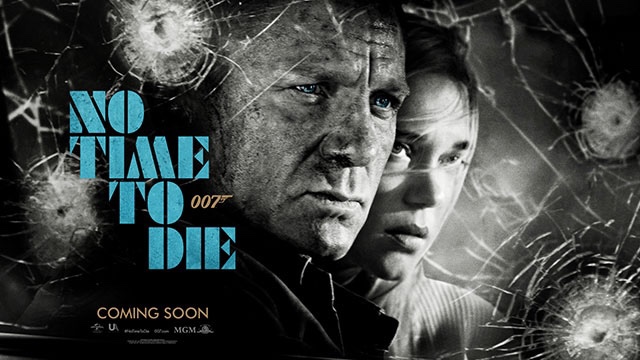



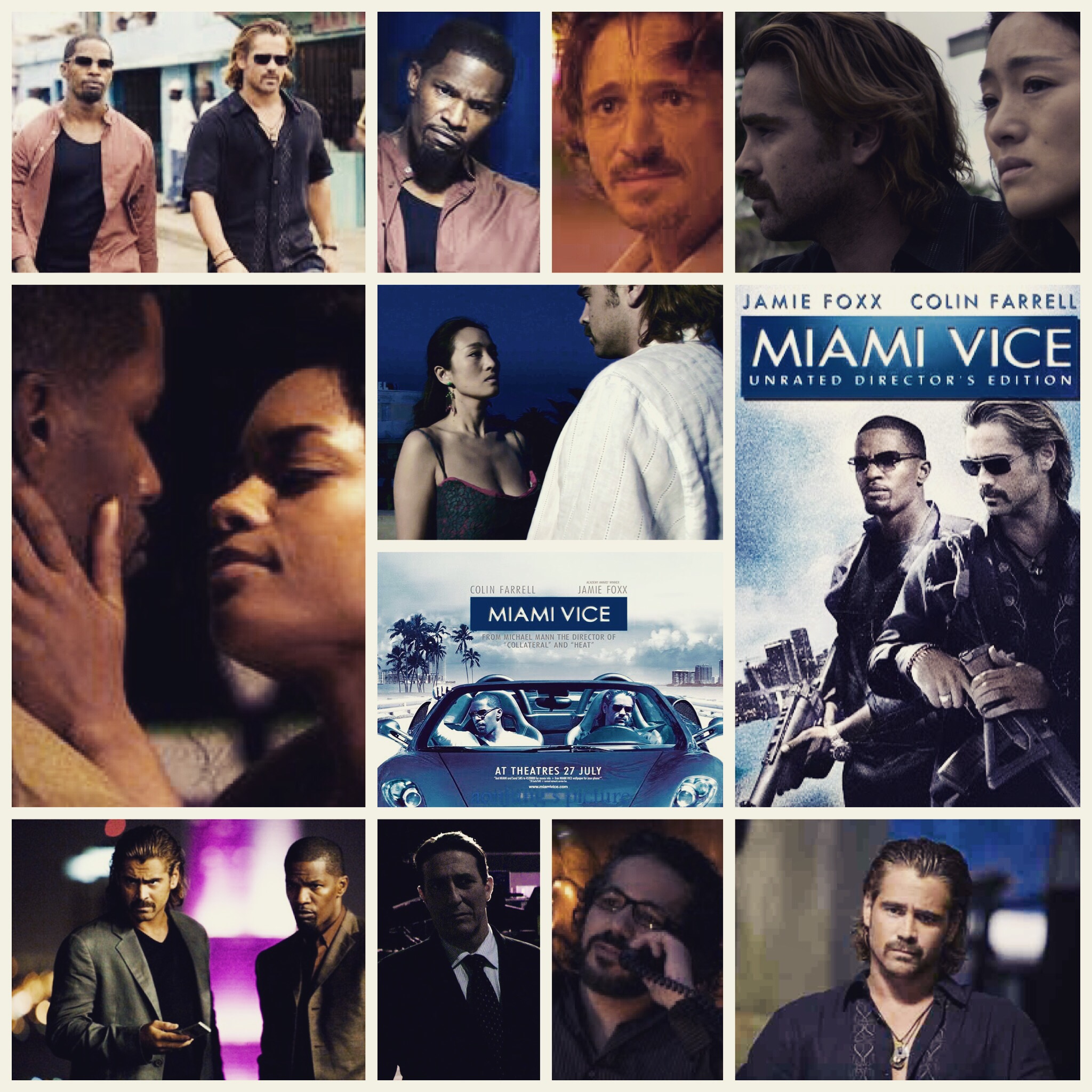
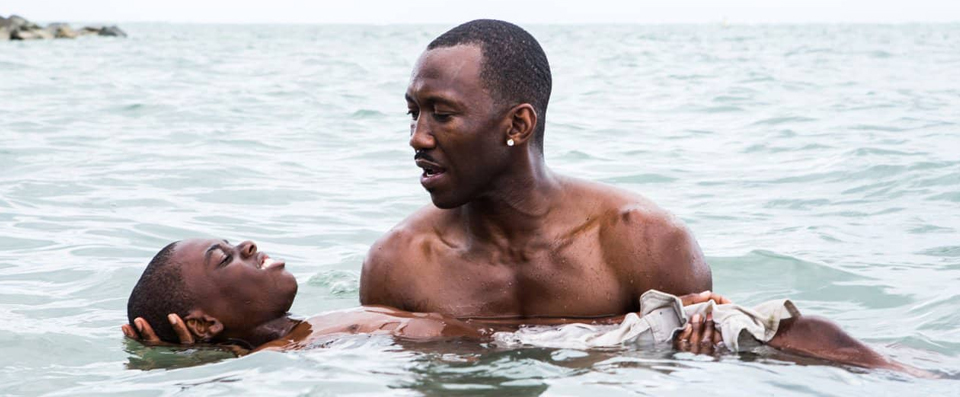
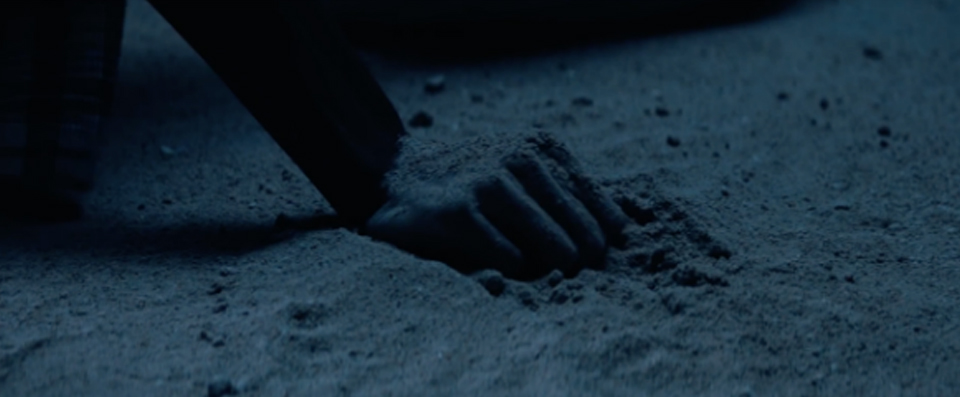
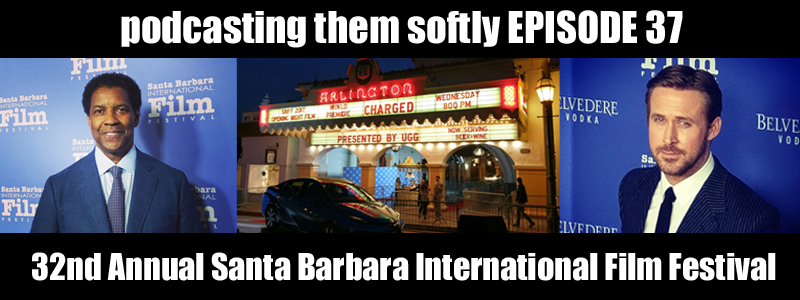
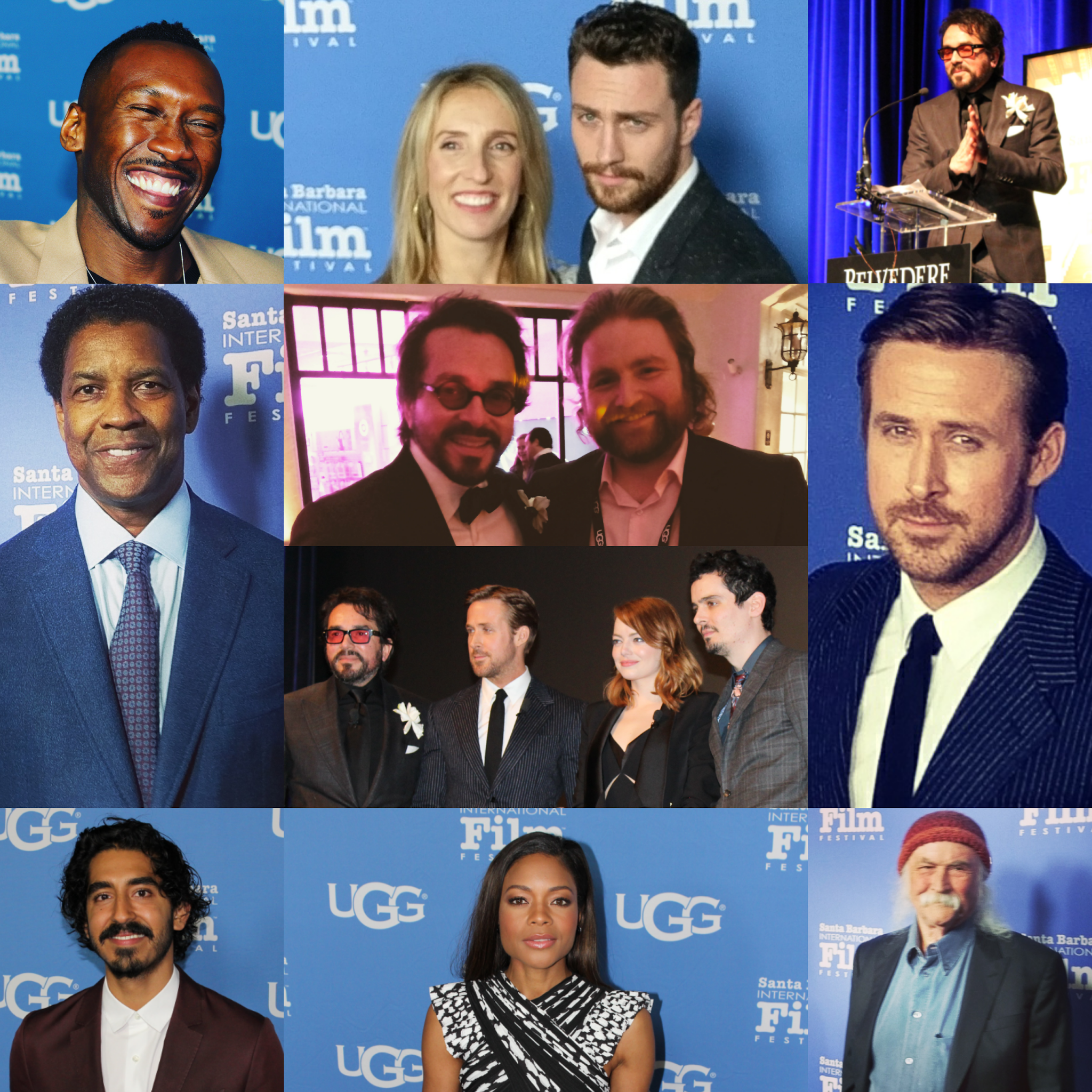 We’re very excited to publish our 32nd Annual Santa Barbara International Film Festival podcast. This year, Frank was able to get red carpet interviews with Executive Director of the festival, Roger Durling, film historian Leonard Maltin, Naomie Harris of MOONLIGHT, Stephen McKinnley Henderson of FENCES, David Crosby who wrote and performed an original song for LITTLE PINK HOUSE, filmmaker Derek Wayne Johnson who premiered his film, JOHN G. ALVIDSEN: KING OF THE UNDERDOGS at SBIFF, Aaron Taylor-Johnson of NOCTURNAL ANIMALS, and filmmaker Damien Chazelle who wrote and directed LA LA LAND. On the latter half of the podcast, Frank is joined with Devin Godzicki who took photographs and attended panels with Frank at this year’s SBIFF. They discuss a film they saw, SEPTEMBER 12th, and end the conversation with a brief chat about LA LA LAND.
We’re very excited to publish our 32nd Annual Santa Barbara International Film Festival podcast. This year, Frank was able to get red carpet interviews with Executive Director of the festival, Roger Durling, film historian Leonard Maltin, Naomie Harris of MOONLIGHT, Stephen McKinnley Henderson of FENCES, David Crosby who wrote and performed an original song for LITTLE PINK HOUSE, filmmaker Derek Wayne Johnson who premiered his film, JOHN G. ALVIDSEN: KING OF THE UNDERDOGS at SBIFF, Aaron Taylor-Johnson of NOCTURNAL ANIMALS, and filmmaker Damien Chazelle who wrote and directed LA LA LAND. On the latter half of the podcast, Frank is joined with Devin Godzicki who took photographs and attended panels with Frank at this year’s SBIFF. They discuss a film they saw, SEPTEMBER 12th, and end the conversation with a brief chat about LA LA LAND.